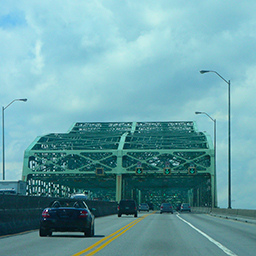
What information should we archive about our society?
We live in an era of information and communication. Internet has certainly helped spread the information and its development. Have you ever thought about the amount of information that we archive each day? It’s really a lot. Therefore, it’s essential to preserve only the archives that provide value to our society.
We don’t need to archive everything. We may ask ourselves why we should preserve certain television shows more than some others. We need to determine what the archives will be used for. The answer doesn’t seem necessarily obvious. Many times we know decades later with hindsight.
For example, in the sector of video games where I work with my company of independent games, the number of games has been increasing for decades. There are plenty of good games from the 80s that are still available today. Although they represent a minority of games, the principle of information that accumulates and dilutes the other games is present. Archives of games are only growing. The names of games are getting very similar because of a lack of originality. Despite this, I find important to preserve the older games. They have a historical value and serve as inspiration for the gaming community of players and developers.
Here are certain archive types that seem to accumulate over time.
- TV News
- Movies
- Television shows
- Radio shows
- Songs and music
- Books
- YouTube videos
- Website archive (web page and the different versions over time)
- Software (applications and video games)
- History of nations
- Archaeological data
Problems related to information archiving and why should we care?
We can think that the information management will become less and less effective as the archives grow.
I asked myself what information would be important to archive. Archiving everything is an aberration. When searching for relevant information, some information could dilute the important information.
In addition to archiving the present, we’re archiving the history of ancient nations. For example, we’re archiving the history of ancient Egypt over several thousands of years. Imagine the amount of information that we’re archiving.
Some notable problems arise with information archiving.
- Dilution of new information: Unless being able to search by date, we often get old results. The amount of results makes the selection of relevant information much more difficult as the amount of information grows.
- Costs of maintenance: Archiving information requires a cost for the maintenance and the access to the archives. These costs can become very high because we tend to archive more information.
Solutions
In my opinion, there are no solutions that can actually solve the problem very efficiently. Here are some solutions.
- A voluntary solution would be to delete older archives and keeping the most significant. However, this selection is based on standards that are difficult to establish.
- An unconscious solution that already exists is to let the people decide on a collective and unconscious way how to keep the archives. For example, the day when everyone has deleted or destroyed a book, it’s probably because it will no longer be valuable enough to be kept related to other books.
One way or another, archives tend to grow at a problematic pace.
Conclusion
There are no right or wrong answers. We don’t know exactly when we will need these archives. We’d need to clean it up from time to time. The main point is to be aware of the problem. Nevertheless, I feel we’ll have a phenomenal amount of information and very difficult to manage in a generation or two.

